Imagine a text message landing on your phone with a simple “Okay.” No tone, no context—just two syllables that could mean agreement, irritation, or indifference. Then, picture the same message with a smiling emoji tacked on. Suddenly, the intent shifts; it feels warmer, reassuring. This tiny digital symbol transforms ambiguity into clarity, a phenomenon at the heart of emojis as emotional cues. In 2025, as messaging continues to dominate how Americans connect—whether in friendships, workplaces, or family chats—these icons are no longer just playful add-ons. They’re essential tools for navigating the low-context nature of text-based communication, where nuance often gets lost. This article unpacks how emojis bridge emotional gaps, why they’ve become indispensable in a fast-paced digital world, and the subtle ways they shape our interactions.
The Rise of Low-Context Messaging


In a world where over 80% of Americans use texting as a primary communication tool, the shift to digital conversations has stripped away much of the richness of face-to-face interaction. A 2021 study from the Pew Research Center noted that mobile messaging often lacks the vocal inflections and body language that convey intent. Without these cues, a casual “Sure” can read as curt or dismissive. Enter emojis as emotional cues—small but mighty symbols that inject tone into otherwise flat text. They’ve surged in use not just among teens but across generations, with even middle-aged adults adopting them to soften messages or signal humor. The need for clarity in low-context messaging has turned these icons into a near-universal shorthand for emotion.
Consider a workplace scenario: a manager texts a team member, “Can we talk later?” Without context, anxiety creeps in—is this a reprimand or a routine check-in? Add a thumbs-up emoji, and the tone lightens. It’s a subtle reassurance, a digital nod that no trouble looms. This isn’t just anecdotal; research from the National Library of Medicine highlights how emojis can reduce miscommunication by providing emotional context in brief exchanges. As texting replaces longer emails or calls, the demand for such cues only grows.
Emojis as Emotional Interpreters


Emojis don’t just decorate texts; they act as interpreters of intent. A 2019 study published in PLOS ONE found that participants often misread the tone of plain text messages, but adding an emoji—like a winking face for sarcasm—sharply increased accurate interpretation. This matters in a culture where brevity reigns. Americans, juggling packed schedules in 2025, often opt for quick texts over nuanced explanations. A heart emoji can convey affection without a paragraph of sentiment. A laughing face can signal a joke when words alone might fall flat.
But it’s not just about clarity. Emojis also build emotional rapport. Picture a friend venting about a tough day via text. Responding with “I’m sorry” feels stiff, almost detached. Toss in a frowning emoji or a virtual hug, and the message carries empathy. It’s a small gesture, yet it mirrors the comforting nod or pat on the back we’d offer in person. This capacity to humanize digital dialogue explains why emojis as emotional cues resonate so deeply across age groups and contexts.
Cultural Nuances in Emoji Use
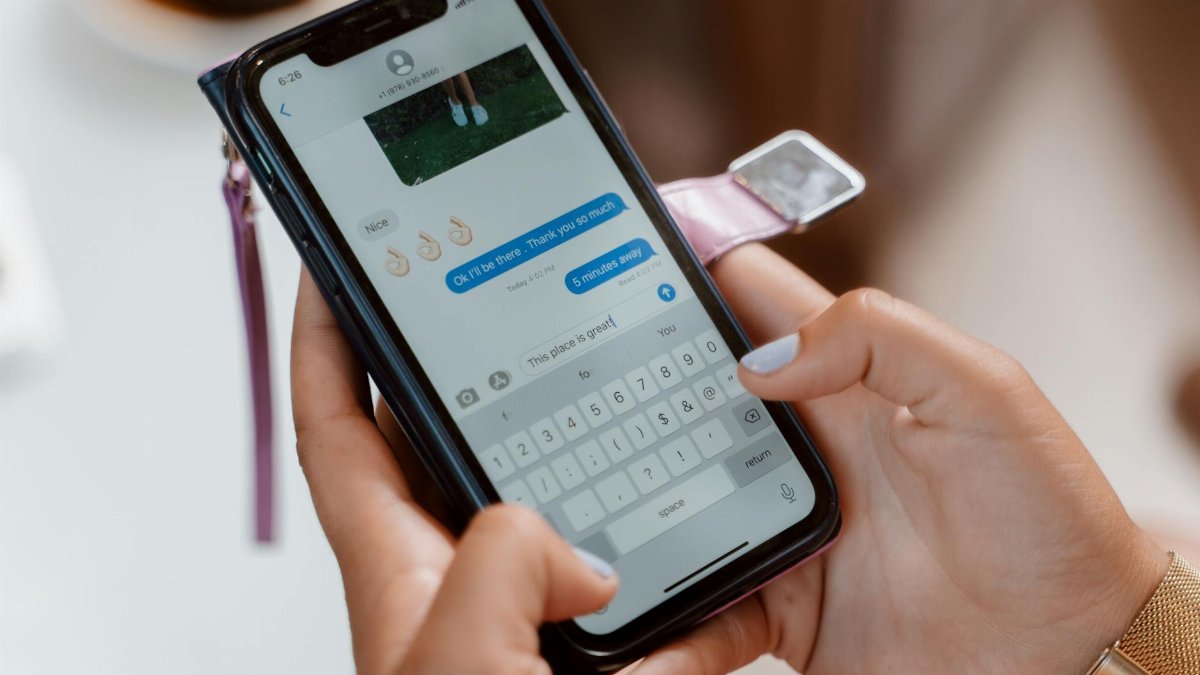
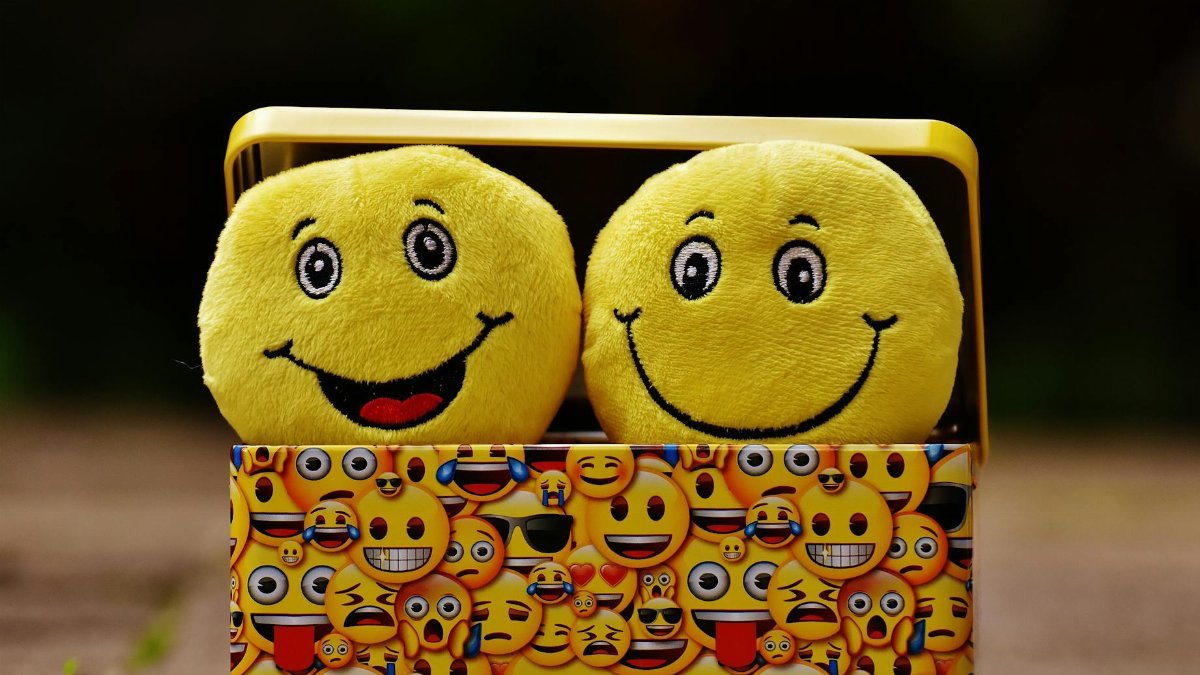
Not every emoji lands the same way for everyone. A thumbs-up might mean approval in one circle but feel passive-aggressive in another. Cultural and generational differences shape how these symbols are read, adding layers of complexity to their role as emotional cues. Research from the Frontiers in Psychology journal shows that interpretations of emojis can vary widely based on background and context. For instance, older Americans might see a smiley face as friendly, while younger users could read it as outdated or even sarcastic.
Then there’s the workplace divide. Some professionals hesitate to use emojis, fearing they undermine authority, while others embrace them to seem approachable. A middle-aged accountant shared anonymously online that she started adding smileys to emails after noticing younger colleagues did so, hoping to bridge a generational gap. Yet she admitted uncertainty—did it make her seem less serious? These tensions reveal how emojis, while powerful, aren’t a one-size-fits-all fix. Their emotional weight depends on who’s sending, who’s receiving, and the unspoken rules of the exchange.
The Risk of Over-Reliance


For all their utility, emojis can’t carry every conversation. Relying too heavily on them risks diluting genuine emotion or masking deeper issues. A string of heart emojis might soften a delayed response, but it doesn’t replace an apology for ghosting a friend. Worse, overuse can breed misinterpretation. Flooding a serious message with laughing faces might confuse the recipient—are you mocking their concern or just lightening the mood? The line is thin, and crossing it can unravel trust.
There’s also the issue of emotional labor. Emojis often serve as a quick fix to seem engaged—slap on a sad face to acknowledge bad news without typing out a thoughtful reply. While efficient, this can feel hollow to the recipient, especially in close relationships. Emojis as emotional cues work best as supplements, not substitutes, for words that carry real weight. Striking that balance remains a challenge in fast-paced digital life.
Enhancing Connection in Personal Bonds


In personal relationships, emojis often shine brightest. They add warmth to mundane check-ins and depth to expressions of care. A parent texting a college student “Miss you” with a teary emoji can evoke a stronger pang of homesickness—and love—than words alone. These tiny symbols become shorthand for feelings that might feel awkward to spell out, especially across distances. They’re a lifeline when physical presence isn’t an option.
Think of a couple navigating a long-distance relationship. A goodnight text paired with a moon and heart emoji can feel like a shared ritual, a quiet intimacy preserved through screens. It’s not just about the image; it’s the intent behind it—a reminder of connection despite miles. For many in 2025, as remote interactions remain a norm, emojis as emotional cues help sustain bonds that might otherwise fray under the weight of silence or misunderstanding.
Navigating the Learning Curve
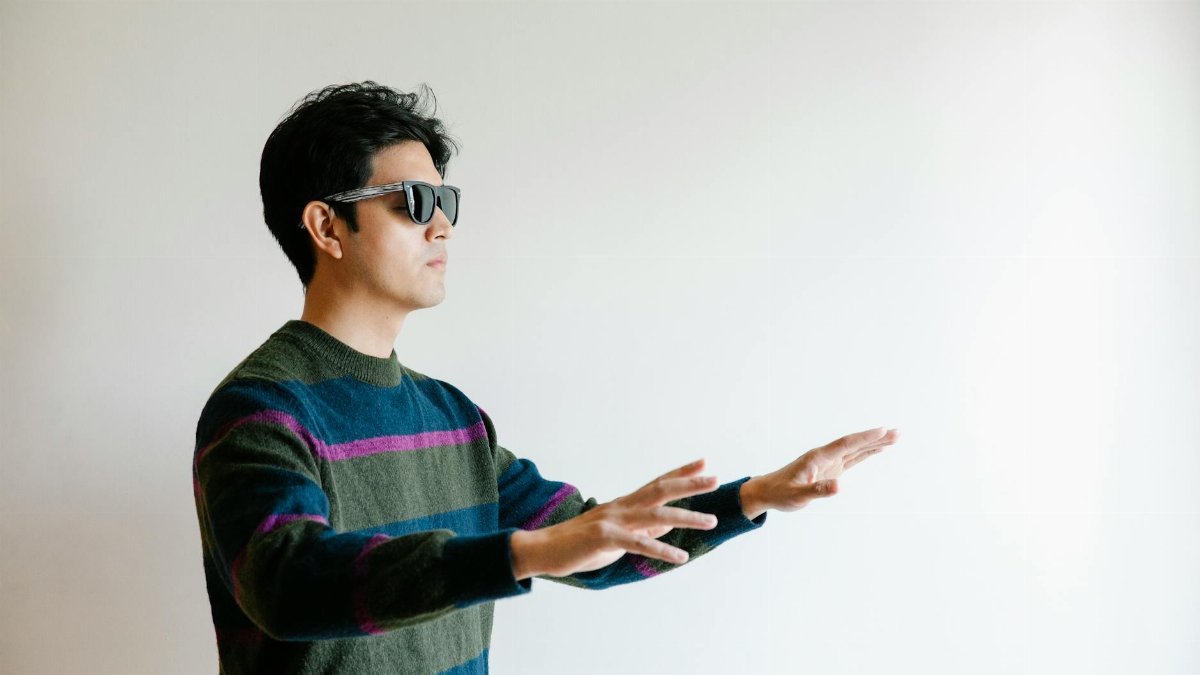

Adopting emojis effectively isn’t always intuitive. New users, especially those less tech-savvy, might struggle with which symbols match their intent. A misplaced eggplant emoji can shift a harmless chat into awkward territory fast. Even seasoned texters occasionally misstep, sending a crying face when a laughing one was meant. The vast array of options—over 3,000 emojis as of recent counts—can overwhelm, turning a simple message into a minefield of potential gaffes.
Yet the learning curve pays off. Start small: a smile for friendliness, a thumbs-up for agreement. Over time, patterns emerge. Friends develop their own emoji shorthand—maybe a specific animal for an inside joke. It’s less about mastering every symbol and more about tailoring them to your circle. The goal isn’t perfection but connection, using emojis as emotional cues to reflect what words can’t always capture. With practice, they become second nature, a quiet ally in digital dialogue.
A Tool for the Future
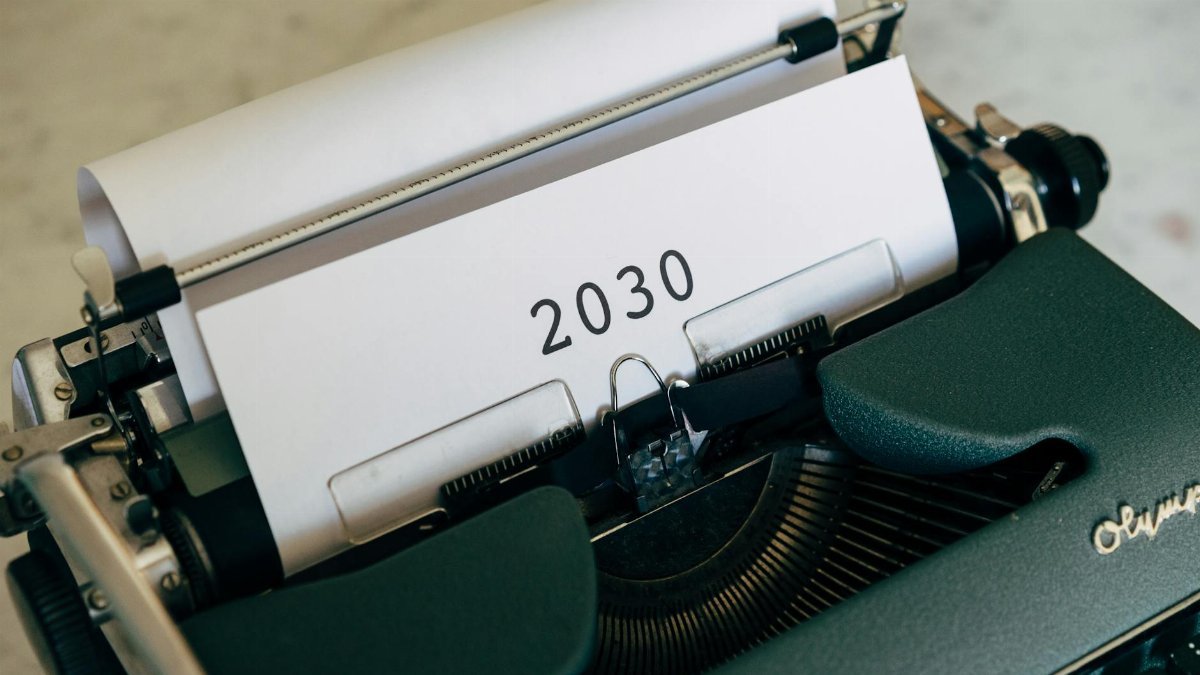
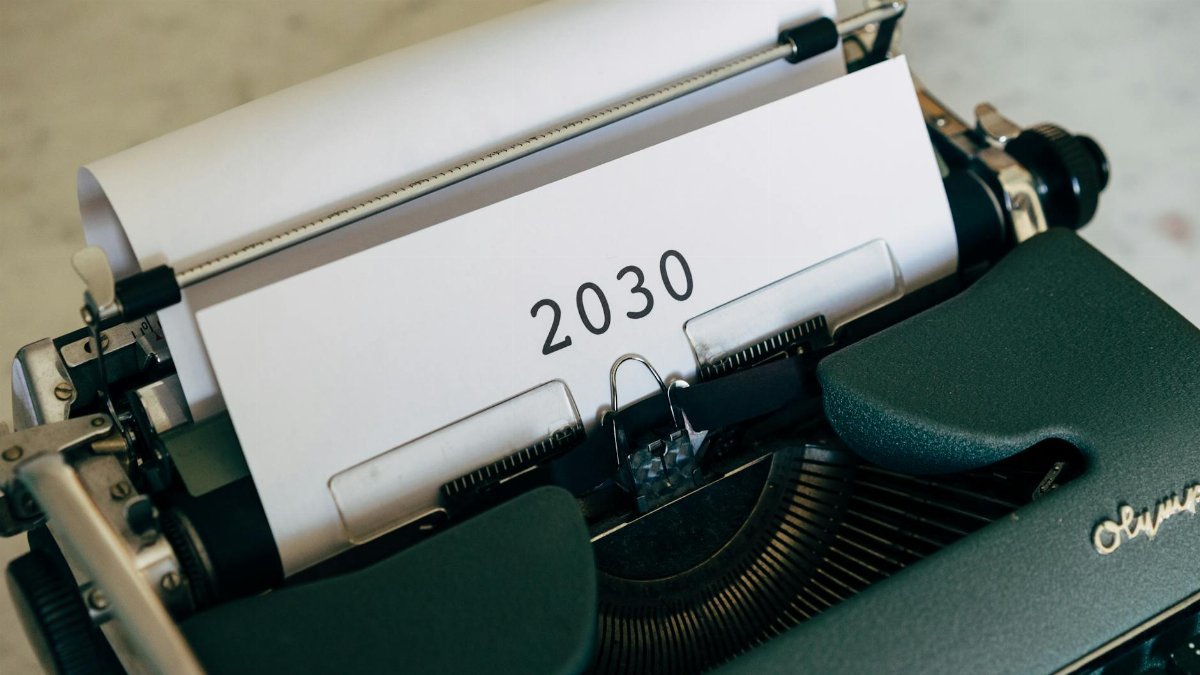
As communication evolves, so will the role of emojis. They’re already embedded in how Americans express themselves, from casual chats to corporate Slack channels. Looking at trends in 2025, their influence shows no sign of waning. If anything, as augmented reality and AI shape messaging platforms, emojis might morph into animated, personalized cues, offering even richer emotional texture. The core need they address—clarity in a low-context world—remains timeless.
Still, their power lies in restraint and relevance. Emojis as emotional cues thrive when they enhance, not overshadow, our words. They’re a bridge, not the destination. Whether it’s a smirk to signal playfulness or a tear to share sorrow, these icons remind us that even in a sea of texts, the human need to be understood endures. So next time you type a quick reply, consider the tiny symbol that might just make all the difference.
Natasha is the heart of our exploration into conscious connection. Applying principles from multiple counseling courses in her own life, she guides you to cultivate stronger, more joyful bonds.
Disclaimer
The content on this post is for informational purposes only. It is not intended as a substitute for professional health or financial advice. Always seek the guidance of a qualified professional with any questions you may have regarding your health or finances. All information is provided by FulfilledHumans.com (a brand of EgoEase LLC) and is not guaranteed to be complete, accurate, or reliable.
